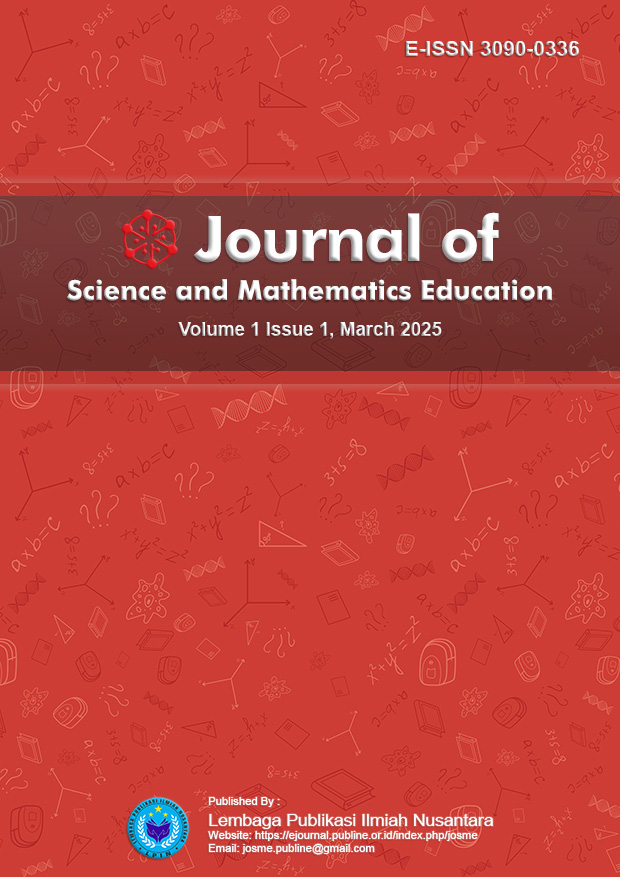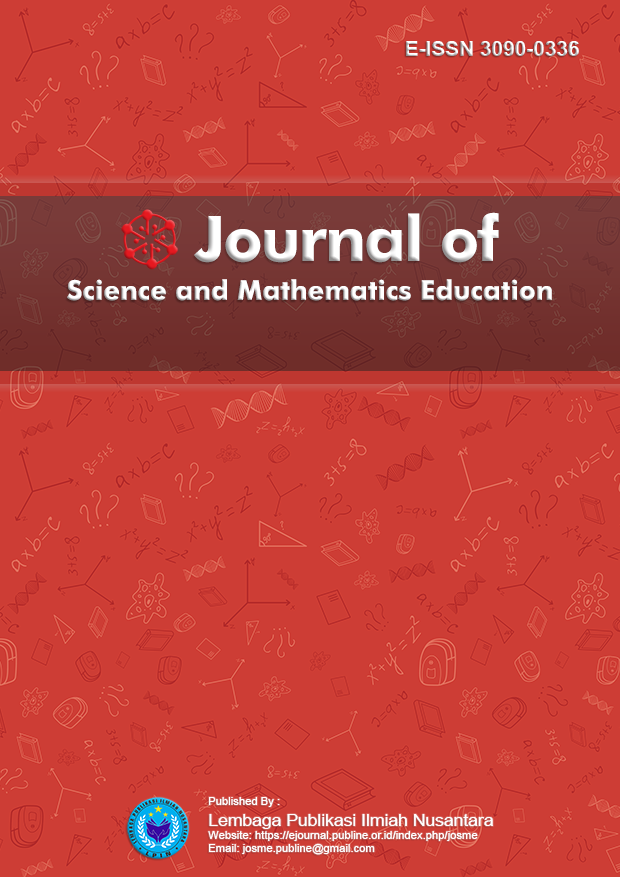Simulasi Komputer Dalam Analisis Pergerakan Fluida
DOI:
https://doi.org/10.70716/josme.v1i1.153Keywords:
Computer Simulation, Fluid Dynamics, Computational Fluid Dynamics, Laminar Flow, Turbulent FlowAbstract
Computer simulations have become a highly important tool in the analysis of fluid motion, particularly in the fields of engineering and science. With advancements in computational technology, numerical methods such as Computational Fluid Dynamics (CFD) are increasingly used to accurately model various fluid flow phenomena. This study aims to analyze the effectiveness of computer simulations in understanding fluid dynamics, both in laminar and turbulent flows. The methods employed include the application of numerical algorithms, geometry modeling, and the analysis of physical parameters that influence fluid movement. The simulation results indicate that computer-based approaches can represent flow characteristics with a high level of accuracy, especially under complex boundary conditions. Moreover, simulations allow for cost and time savings compared to physical experiments and offer flexibility in testing various system variables. The conclusion of this research affirms that computer simulation is an effective method for analyzing fluid motion and holds great potential for technological development across various fields, including mechanical engineering, aerospace, and the energy industry.
Downloads
References
Fauzi, A., Lestari, D., & Setiawan, B. (2020). Validasi model CFD terhadap eksperimen aliran fluida pada pipa. Jurnal Teknik Mesin Indonesia, 18(2), 101-110.
Hidayat, R., & Prasetyo, A. (2021). Aplikasi CFD dalam analisis aerodinamika kendaraan. Jurnal Rekayasa Transportasi, 10(1), 55–63.
Mahardika, P., & Supriyanto, T. (2022). Model CFD untuk prediksi arus laut dan mitigasi tsunami. Jurnal Oseanografi, 8(4), 140–150.
Prasetyo, R., Widodo, H., & Rahmawati, A. (2020). Studi dispersi polutan udara menggunakan metode numerik. Jurnal Lingkungan dan Energi, 14(1), 50–60.
Rahayu, S., Kurniawan, H., & Suryadi, B. (2021). Tantangan dalam penerapan simulasi CFD untuk industri manufaktur. Jurnal Rekayasa Industri, 11(2), 180–195.
Santoso, Y. (2019). Pemanfaatan metode numerik dalam analisis dinamika fluida. Jurnal Fisika Terapan, 17(2), 88–97.
Sutanto, E., & Rahardjo, P. (2021). Simulasi CFD dalam pengembangan sistem pendinginan mesin otomotif. Jurnal Otomotif Indonesia, 9(2), 100–110.
Adi, M., & Nugroho, S. (2023). Pengaruh parameter geometri pada validitas simulasi aliran fluida. Jurnal Ilmu Mekanik, 12(3), 123–134.
Budi, Y., Rahma, F., & Hasan, M. (2022). Integrasi metode numerik dalam studi dinamika sistem fluida. Jurnal Teknologi Rekayasa, 15(1), 45–58.
Sutrisno, H., & Lili, R. (2021). Analisis performa model CFD dalam simulasi aliran turbulen. Jurnal Teknik Terapan, 8(4), 67–78.
Downloads
Published
How to Cite
Issue
Section
License
Copyright (c) 2025 Muhammad Dafa, Faizin Labik

This work is licensed under a Creative Commons Attribution-ShareAlike 4.0 International License.











